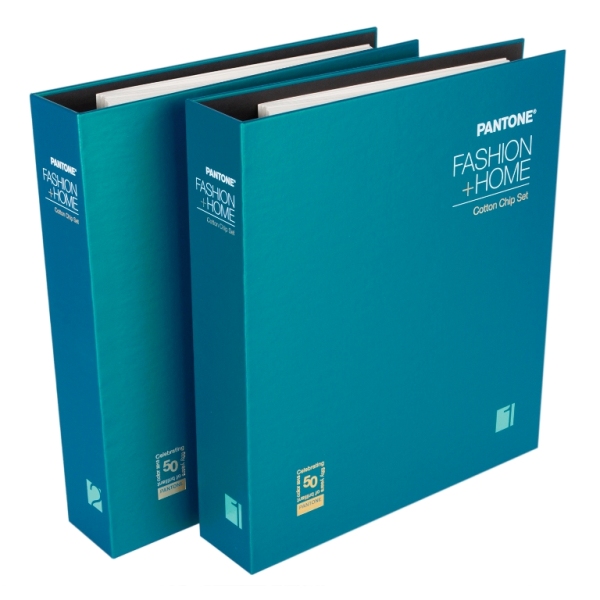Calibrating a multimeter according to ISO/IEC 17025 standards involves a systematic process to ensure its accuracy and reliability.
Here's an example procedure for calibrating a multimeter:
Equipment Required:
- Multimeter to be calibrated
- Standard reference multimeter (calibrated and traceable)
- Calibration standards (e.g., resistors, voltage sources)
- Calibration software (if applicable)
- Test leads
Procedure:
Preparation:
- Ensure the multimeter is clean and in good working condition.
- Set up the calibration area in a controlled environment with stable temperature and humidity.
- Gather all necessary calibration equipment and standards.
Verification of Multimeter's Functionality:
- Check the manufacturer's manual for any specific pre-calibration instructions or self-tests.
- Ensure the multimeter's basic functions (voltage, current, resistance) are working correctly.
- Setting Up Reference Standards:
- Connect the reference multimeter to the calibration standards (e.g., known resistors, voltage sources) that cover the range of measurements for the multimeter under test.
Perform Calibration Measurements:
- Start with the lowest range and incrementally increase to cover the full range of the multimeter.
- Record readings from the reference multimeter and the multimeter under test for comparison.
Analysis and Adjustment:
- Compare the readings obtained from the multimeter under test with the reference standards.
- Calculate the differences and determine if adjustments are required to align the readings within acceptable tolerances.
- Adjust the calibration settings of the multimeter if necessary according to the manufacturer's instructions.
Verification and Documentation:
- Recheck the accuracy after adjustments to ensure the multimeter meets the required specifications.
- Document all calibration data, including before and after adjustments, along with any adjustments made.
Finalization and Certification:
- Once the multimeter readings align within the specified tolerances, finalize the calibration process.
- Issue a calibration certificate documenting the calibration process, results, adjustments made, and the date of calibration.
Example Scenario:
Let's say you're calibrating a digital multimeter's voltage measurement function. You have a calibrated reference multimeter and known voltage sources (e.g., 1V, 5V, and 10V).
Connect the reference multimeter to the known voltage sources and note their readings.
Connect the multimeter to be calibrated to the same voltage sources and record its readings.
Compare the readings between the two meters and calculate the differences.
If the readings deviate beyond acceptable tolerances, adjust the calibration settings of the multimeter under test to align the measurements with the reference values.
Repeat the process until the readings fall within the specified tolerances for all tested voltage ranges.
Remember, adherence to ISO/IEC 17025 standards is crucial for ensuring accuracy and traceability in the calibration process.







